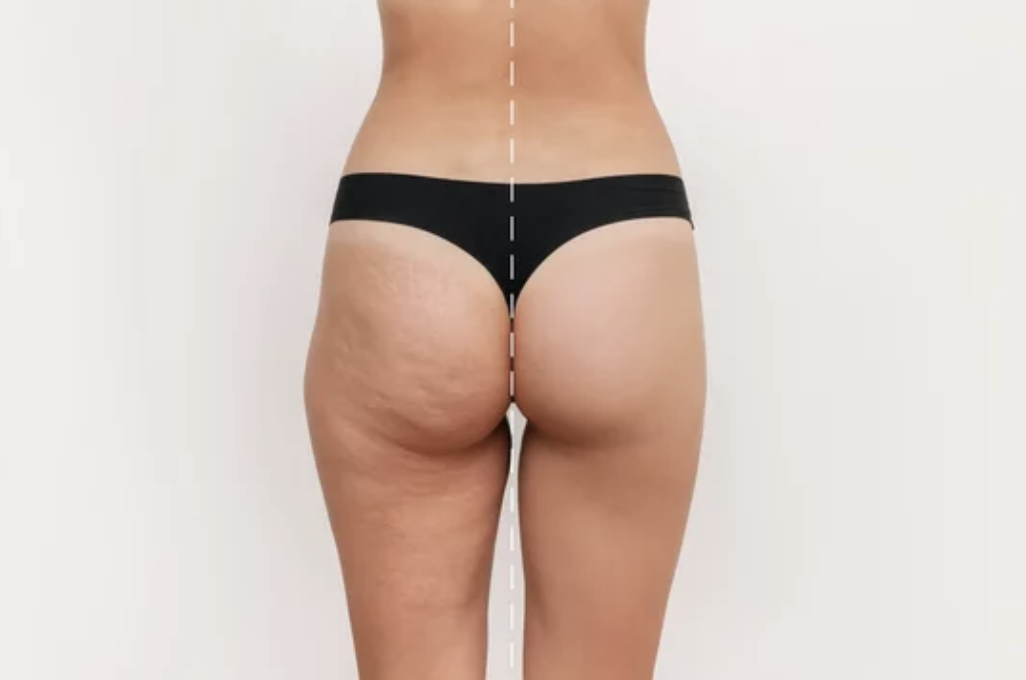Understanding Cellulite: Causes and Effective Ways to Reduce it
Cellulite is a common cosmetic concern that affects many individuals, regardless of age, gender, or body type. Often referred to as "cottage cheese" or "orange peel" skin, cellulite is the result of fat deposits pushing through the connective tissues beneath the skin. While it is not a serious medical condition, it can cause self-consciousness and affect one's confidence. In this blog post, we will explore the underlying causes of cellulite and provide practical tips on how to reduce its appearance.
What Causes Cellulite?
Cellulite occurs due to a combination of factors, and its development is not necessarily tied to weight or body size. Some of the primary causes of cellulite include:
a. Genetics: Genetics play a crucial role in determining how your body stores fat and the structure of your connective tissues. If your parents or close relatives have cellulite, you may have a higher predisposition to develop it as well.
b. Hormones: Hormonal fluctuations, especially estrogen, can contribute to the formation of cellulite. This is why women are more prone to cellulite than men, as estrogen affects the size and distribution of fat cells.
c. Lifestyle Factors: Sedentary lifestyles, poor dietary choices, and smoking can contribute to the accumulation of cellulite. A lack of physical activity can result in weakened muscle tone and decreased circulation, making it easier for cellulite to become visible.
d. Diet: A diet high in processed foods, refined sugars, and unhealthy fats may contribute to cellulite development. Consuming nutrient-poor foods can lead to weight gain and negatively impact skin health.
e. Age: As we age, our skin loses its elasticity and thickness, making cellulite more noticeable. Additionally, decreased circulation and slower metabolism can exacerbate the appearance of cellulite.
Body contouring treatments can be an effective way to reduce the appearance of cellulite. These non-invasive procedures work by targeting the underlying fat cells and connective tissues, improving the overall texture and tone of the skin. One popular body contouring method is radiofrequency (RF) therapy, which uses controlled heat energy to stimulate collagen production and tighten the skin. As collagen increases, the skin becomes more elastic, reducing the dimpled appearance associated with cellulite. Additionally, RF therapy can target and shrink fat cells, leading to a smoother and more contoured silhouette.
